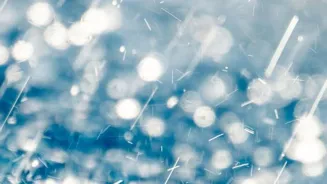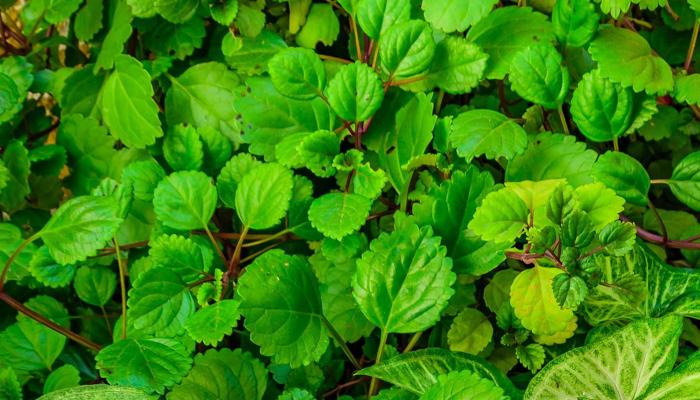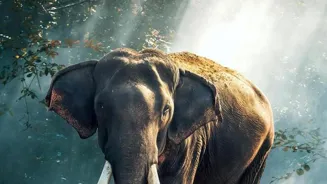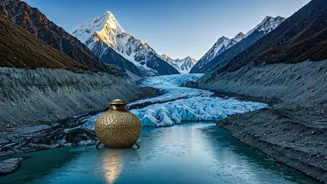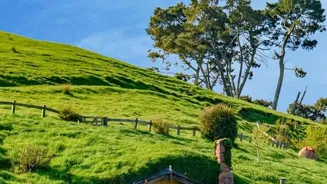Discover the captivating journey of a water droplet in the water cycle. Dive into this essential process shaping our world!
We all use water daily, from drinking to bathing, but have you ever stopped to think
about where this water comes from and where it goes? The answer lies in a fascinating process called the water cycle, or hydrological cycle, a continuous loop that keeps water moving around our planet.
It’s a journey every drop of water embarks on, endlessly transforming and circulating. Understanding this cycle is crucial for appreciating the importance of water conservation and sustainable water management, especially in a country like India where water resources are under increasing pressure.
So, let’s dive in and explore this incredible journey together!
The water cycle: evaporation as the crucial stage
The water cycle is essentially a natural process of distillation and redistribution. It begins with evaporation. Imagine the sun shining brightly on a lake, river, or even the vast ocean. The heat from the sun causes the water bodies to change from liquid into a gas called water vapor.
This invisible vapor rises into the atmosphere. Plants also contribute to this process through transpiration. Just like humans sweat, plants release water vapor through tiny pores in their leaves. This water vapor then joins the atmospheric pool, ready to embark on the next stage of its journey.
Evaporation is the primary driver of the water cycle, constantly replenishing the atmosphere with moisture. Without it, the cycle would simply grind to a halt, leaving our planet parched and barren.
Now you know, the next time you are out in sun, feeling the heat on your water bottle, remember you are witnessing evaporation.
Water vapor rises, cools, condenses, forms clouds, releases water
As the water vapor rises higher into the atmosphere, it encounters cooler temperatures. This causes the water vapor to condense, meaning it changes back from a gas into tiny liquid water droplets.
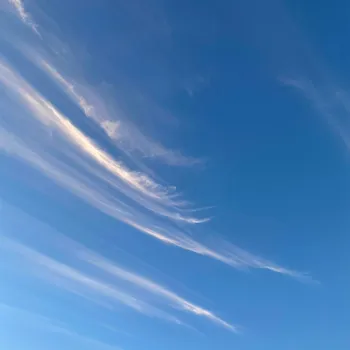
These droplets then gather around microscopic particles in the air, such as dust or salt, forming clouds, the fluffy white masses you often see floating across the sky. Think of it like this: when you take a cold glass out of a refrigerator on a humid day, water droplets form on the outside.
That’s condensation in action! The air closer to earth has a higher temperatures compared to the air higher up in the atmosphere. This temperature difference creates the water droplets that form clouds.
These clouds are temporary storage for water, waiting for the right conditions to release their watery treasure back to Earth. These clouds keep the cycle on track.
Rainfall sustains life in India, vital for agriculture
Once the water droplets in the clouds become too heavy, they fall back to the Earth's surface as precipitation. This can take many forms, depending on the temperature. In warmer temperatures, we experience rain. In colder temperatures, we might see snow, sleet, or hail.
Precipitation replenishes bodies of water, like rivers, lakes, and oceans, and also soaks into the ground, becoming groundwater. Rainfall is especially vital for agriculture, providing the water crops need to grow and sustain life, especially in India.
Imagine the feeling of rain on you on an afternoon. Raindrops are evidence of this phase in the water cycle. The distribution of rain throughout the year changes depending on the region in India, but overall is very important.
Precipitation runoff and infiltration vital for water cycle balance
When precipitation reaches the ground, it doesn't just disappear. Some of it flows over the land as runoff, eventually making its way back to rivers, lakes, and oceans. This runoff carries with it dissolved minerals and nutrients, enriching the water and supporting aquatic ecosystems.
Another portion of the water soaks into the soil through a process called infiltration. This water then percolates deeper underground, replenishing groundwater aquifers. Groundwater is a vital source of drinking water for many communities, especially in areas where surface water is scarce.
Wells are often dug to access this valuable resource. Runoff and infiltration are crucial in maintaining the balance of the water cycle, ensuring that water resources are replenished and sustained.
Groundwater: crucial for ecosystems and drinking water, needs sustainable management
The water that infiltrates into the ground becomes groundwater. This groundwater can remain stored underground for days, months, years, or even centuries, depending on the geological conditions.
It slowly moves through the soil and rock formations, eventually resurfacing in springs, rivers, or lakes, or flowing directly into the ocean. Groundwater plays a vital role in maintaining base flow in rivers during dry periods, ensuring that aquatic ecosystems have a constant supply of water.
It’s also a crucial source of drinking water for millions of people around the world. Managing groundwater resources sustainably is essential for ensuring water security for future generations, a big priority for India.
Human activities disrupt water cycle, impacting environment
The water cycle is a continuous, interconnected loop, with each stage influencing the others. Human activities, such as deforestation, urbanization, and pollution, can disrupt this delicate balance. For example, deforestation reduces transpiration, leading to less rainfall in an area.
Urbanization increases runoff, leading to flooding and erosion. Pollution contaminates water sources, making them unsafe for drinking and other uses. Understanding the water cycle and its importance is the first step towards protecting our water resources.
By conserving water, reducing pollution, and managing land sustainably, we can ensure that this precious resource remains available for future generations. Every drop counts, and every action we take can make a difference.
So, let's all become water stewards and work together to protect the lifeblood of our planet.
